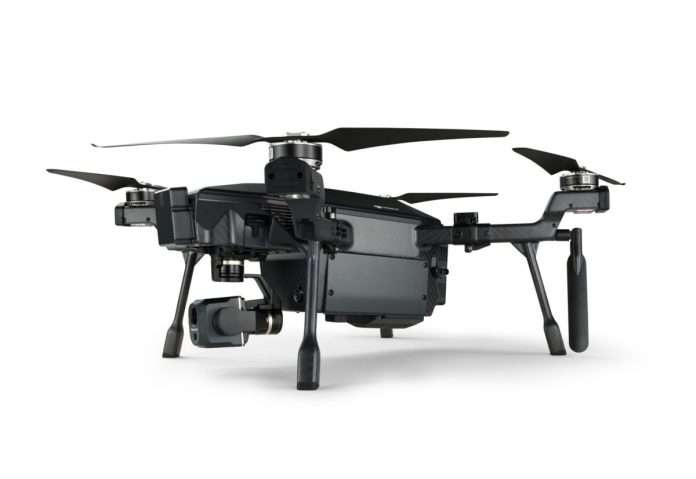Call for Clear Drone Regulations and Enhanced Security Measures
In a recent meeting with the U.S. House of Representatives Subcommittee on Aviation, Lisa Ellman spoke about the urgent need for clear rules regarding counter-drone systems and how they can support safe drone operations in the U.S.
How Drones Help in Daily Life
Drones have become really important tools for many jobs. They make things safer, cut down costs, and are great for emergencies. “Communities across the country use this technology every day to fight wildfires, respond to natural disasters, inspect critical infrastructure, bring aid to remote places, and even deliver food and medicine,” said Ellman. As drones grow in use, they bring in lots of money and help businesses big and small. However, not everyone is happy. Some worry about drones flying without permission. Ellman pointed out that the drone industry wants people to feel safe and follow laws. She thinks it’s important to explain more about drones so people can trust them.
Sometimes people just want to know that what flies above them is safe.
Building Rules for Safe Drone Flying
Ellman believes that lawmakers need to create strong rules so drones can be used safely everywhere. A key rule she mentioned is the FAA’s Remote ID rule. This rule makes drones send out digital license plates, similar to car license plates. “The public can now use several readily available smartphone apps (such as Drone Scanner) to identify a drone’s license plate—much like we do with cars on the road,” she explained. Even with this rule, Ellman thinks there should be better ways to make sure people follow it and that more people should know about it. She also wants the FAA to quickly put into action new rules about flying drones far away from where you can see them and keeping them secure near important places. These rules have been delayed, affecting both the industry and the public. To boost security, Ellman suggests a program similar to TSA Pre-Check for drone operators to easily identify authorized users. She believes this would help manage threats effectively.
Improving Counter-Drone Powers
Ellman addressed how expanding counter-drone abilities is crucial for tackling drone-related issues. She praised the House for working on bills like H.R. 8610 and H.R. 4333, which aim to improve national airspace safety. “The current version of the bill is a significant step in the right direction and makes strides to improve the transparency, security, safety, and accountability of our NAS,” said Ellman. She urged that these policies should stay open to all technologies, so the best solutions can be used. She also suggested broadening the Counter-UAS Pilot Program to gather more information from various places and situations. This would guide future rules. Starting work on training, testing, and setting standards now will prevent delays later on.
Finding the Right Balance
Ellman ended by highlighting the need for balance in drone regulations. “Our collective goal is to enable compliant, careful, commercial drone operators while addressing the challenges posed by careless, clueless, or criminal actors,” she stated. Lawmakers were encouraged to create clear rules and expand security measures to protect national safety while encouraging innovation. For more about the Commercial Drone Alliance’s work, visit www.commercialdronealliance.org.
